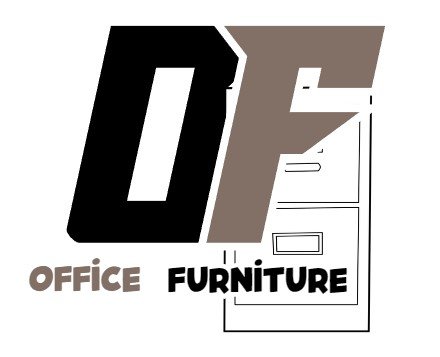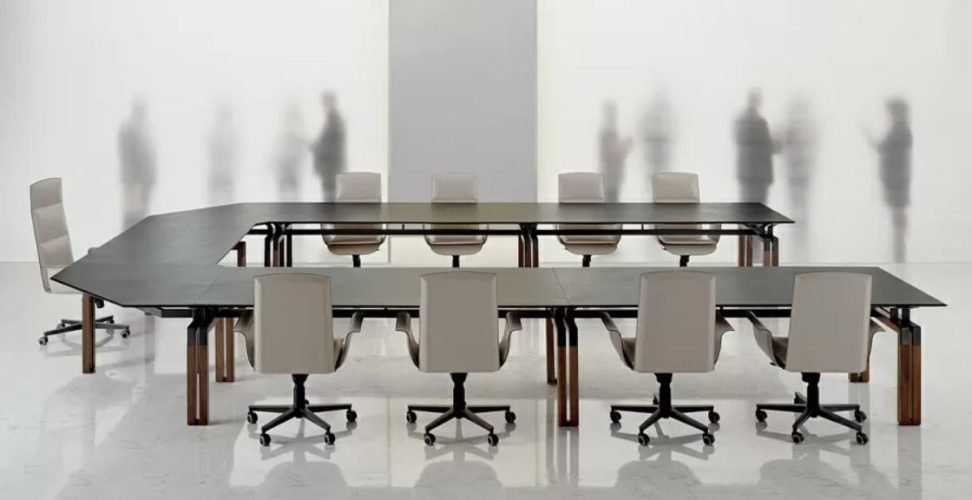A well-chosen Meeting Table can significantly enhance the productivity, collaboration, and professionalism of any workspace. Whether you’re outfitting a corporate office, a co-working space, or a startup hub, the meeting table serves as the central point for discussions, brainstorming sessions, client presentations, and decision-making. It’s more than just a piece of furniture—it reflects your company’s culture, values, and attention to detail. Choosing the right table goes beyond aesthetics; it involves assessing your team’s needs, the room’s layout, and how technology integrates into your collaborative environment. Modern meeting tables now come with built-in power sockets, cable management systems, and even acoustic features. Therefore, when designing or renovating an office space, investing in the right meeting table is a crucial step toward building an effective and engaging workspace.
Factors to Consider Before Buying a Meeting Table
Before purchasing a meeting table, several key considerations should be evaluated to ensure it suits your space and requirements. Start by assessing the size of the room. A table that is too large can make the space feel cramped, while one that is too small may appear insignificant or unfit for purpose. Next, consider the number of users. If your team frequently hosts meetings with large groups, opt for a table that comfortably accommodates everyone with sufficient elbow room. Shape also plays a role—round tables encourage equal participation, while rectangular or boat-shaped tables are ideal for structured discussions. Materials should be durable and easy to maintain, such as high-pressure laminates or wood veneer. The design should complement your interior décor and align with the overall brand identity. Ergonomic considerations, like legroom and chair compatibility, are equally important to ensure long-term comfort during extended meetings.
Different Types of Meeting Tables Available Today
There is a wide variety of meeting table types available in the market to match different corporate styles and functional needs. Traditional boardroom tables are usually large, rectangular, and made of solid wood, conveying a sense of authority and prestige. These are perfect for executive meetings or high-level conferences. On the other hand, modern collaborative tables come in modular forms and can be rearranged to suit the meeting’s nature—ideal for startups and creative teams. Circular or oval-shaped tables promote equality and participation, often used in creative or brainstorming sessions. Foldable and mobile meeting tables are increasingly popular in hybrid work environments where space flexibility is essential. There are also height-adjustable tables that cater to teams favoring active, standing meetings. With so many options available, companies can choose a table that not only fits their current needs but also grows with their evolving work styles.
How a Meeting Table Enhances Collaboration and Communication
A strategically placed and well-designed meeting table significantly impacts how teams interact, communicate, and collaborate. In any office setting, meetings are essential for aligning goals, sharing updates, resolving conflicts, and generating ideas. The physical setup, including the meeting table, influences the efficiency and quality of these interactions. A circular table, for instance, places everyone on equal footing, encouraging open dialogue and collective decision-making. Rectangular tables, while more traditional, are effective for leadership-driven meetings where a clear head of the table is needed. Furthermore, tables equipped with connectivity ports and multimedia features make it easier to present ideas, share screens, and brainstorm in real time. This creates an inclusive and tech-friendly environment that empowers participants and enhances overall meeting outcomes. Ultimately, the right meeting table serves as a bridge between diverse perspectives and unites them toward common organizational goals.
Design Trends in Meeting Tables for Modern Workspaces
Contemporary meeting table designs are no longer just about utility—they are also about reflecting the personality and culture of the business. Minimalism is a dominant trend, with sleek lines, neutral color palettes, and functional details being prioritized. Smart tables with embedded technology, including wireless charging pads, USB ports, and touch control panels, are becoming the norm in tech-savvy offices. Sustainability is also driving design choices. Many companies now opt for eco-friendly materials like reclaimed wood, bamboo, or recyclable metal to reflect their environmental commitment. Another rising trend is the use of modular and reconfigurable tables, which adapt to both small huddle rooms and large conference areas. Additionally, designers are incorporating acoustic elements and partitions to improve sound control during virtual and in-person meetings. These innovative features reflect the shift in how organizations view meetings—as interactive, fluid, and experience-driven.
Tips for Maintaining and Extending the Life of Your Meeting Table
To ensure the longevity of your meeting table, regular maintenance and care are essential. Start by using coasters and desk pads to prevent scratches, stains, and heat damage. Clean the table regularly with appropriate materials—use a soft cloth and a mild cleaner for wood, and avoid harsh chemicals that can degrade finishes over time. For laminate or glass surfaces, non-abrasive cleaners are ideal. It’s also advisable to keep the table away from direct sunlight and moisture-prone areas to prevent warping or fading. For tables with built-in technology, periodic checks and dusting of connection ports are necessary to maintain functionality. Rearranging heavy objects frequently and using protective mats can also help preserve the table’s condition. By following these tips, your meeting table will remain a functional and aesthetic asset in your office for years to come.
Why Your Office’s First Impression Starts at the Meeting Table
First impressions matter, especially in professional settings. When clients, partners, or new employees walk into your meeting room, the meeting table is often the first focal point they notice. A stylish, well-maintained table conveys professionalism, attention to detail, and a strong sense of organizational culture. It shows that you care about the comfort and experience of those you engage with. A mismatched or outdated table, on the other hand, may imply neglect or a lack of investment in employee and visitor experience. Therefore, choosing a meeting table that aligns with your brand’s values and image is a strategic move. Whether you are aiming for a formal executive look or a creative, collaborative vibe, the right table sets the tone for effective communication and a strong corporate identity.
Conclusion
In today’s dynamic and hybrid work environment, investing in a high-quality meeting table is more important than ever. It is not just a centerpiece of your meeting room but a catalyst for collaboration, creativity, and success. Whether you run a multinational firm or a local startup, the right meeting table can elevate your office functionality and leave a lasting impression on everyone who uses it.

